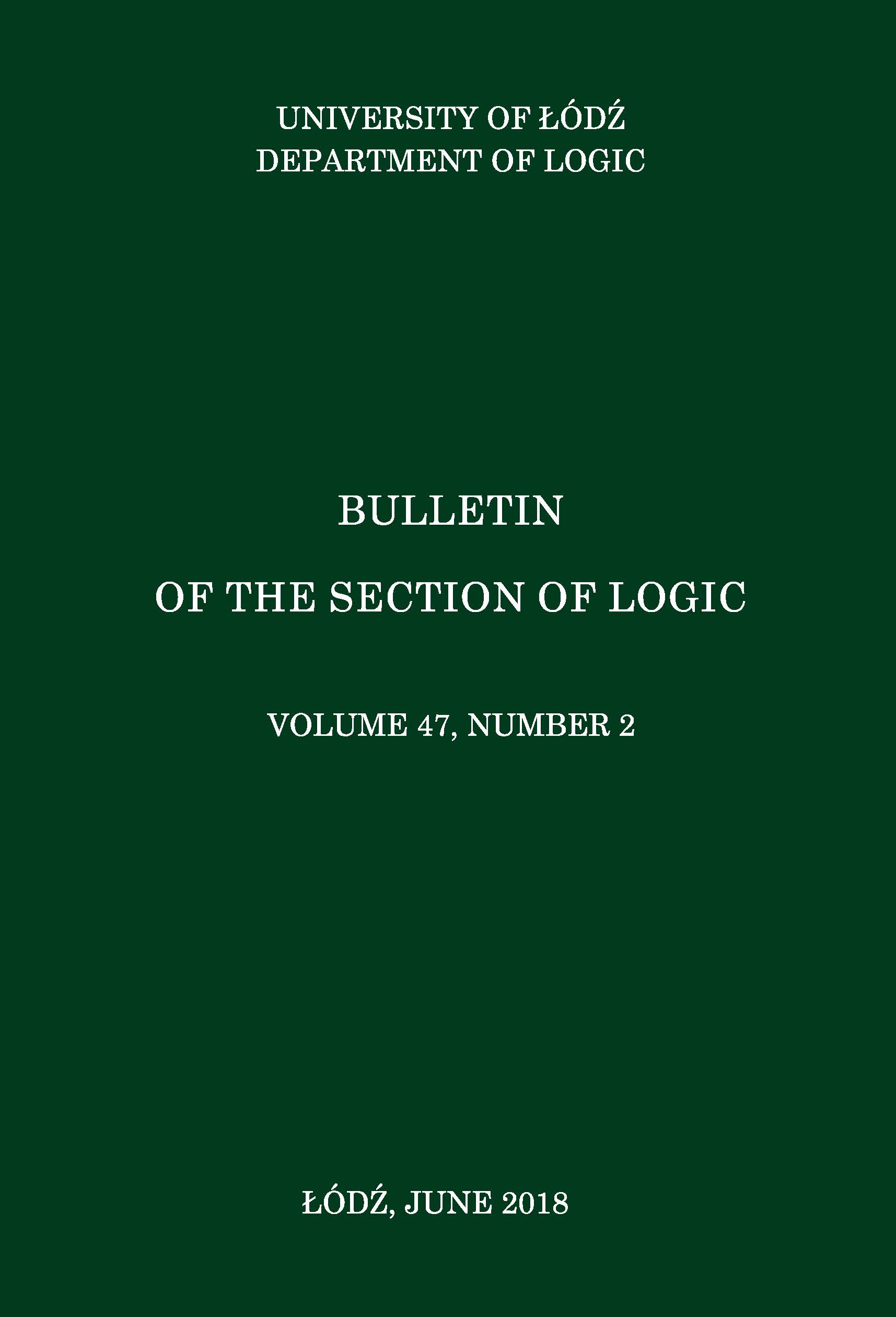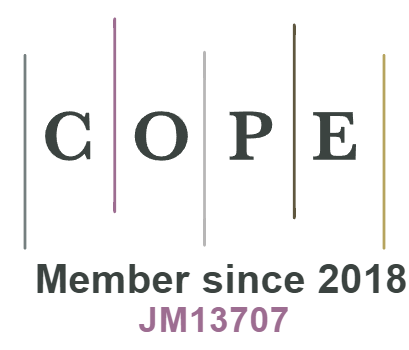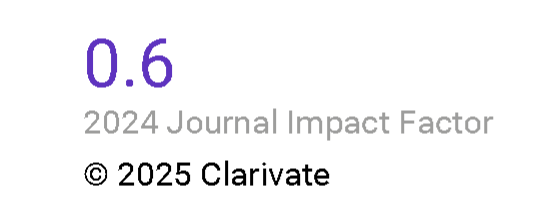Categorical Abstract Algebraic Logic: Pseudo-Referential Matrix System Semantics
DOI:
https://doi.org/10.18778/0138-0680.47.2.01Keywords:
Referential Logics, Selfextensional Logics, Referential Semantics, Referential π-institutions, Selfextensional π-institutions, Pseudo- Referential Semantics, Discrete Referential SemanticsAbstract
This work adapts techniques and results first developed by Malinowski and by Marek in the context of referential semantics of sentential logics to the context of logics formalized as π-institutions. More precisely, the notion of a pseudoreferential matrix system is introduced and it is shown how this construct generalizes that of a referential matrix system. It is then shown that every π–institution has a pseudo-referential matrix system semantics. This contrasts with referential matrix system semantics which is only available for self-extensional π-institutions by a previous result of the author obtained as an extension of a classical result of Wójcicki. Finally, it is shown that it is possible to replace an arbitrary pseudoreferential matrix system semantics by a discrete pseudo-referential matrix system semantics.
References
[1] W. J. Blok D. and Pigozzi, Algebraizable Logics, Memoirs of the American Mathematical Society, Vol. 77, No. 396 (1989).
Google Scholar
[2] J. Czelakowski, Reduced Products of Logical Matrices, Studia Logica, Vol. 39 (1980), pp. 19–43.
Google Scholar
[3] J. Czelakowski, The Suszko Operator Part I, Studia Logica, Vol. 74, No. 1–2 (2003), pp. 181–231.
Google Scholar
[4] J. Fiadeiro and A. Sernadas, Structuring Theories on Consequence, [in:] D. Sannella and A. Tarlecki, eds., Recent Trends in Data Type Specification, Lecture Notes in Computer Science, Vol. 332, Springer-Verlag, New York, 1988, pp. 44–72.
Google Scholar
[5] J. M. Font and R. Jansana, A General Algebraic Semantics for Sentential Logics, Lecture Notes in Logic, Vol. 332, No. 7 (1996), Springer-Verlag, Berlin Heidelberg, 1996.
Google Scholar
[6] J. A. Goguen and R. M. Burstall, Institutions: Abstract Model Theory for Specification and Programming, Journal of the Association for Computing Machinery, Vol. 39, No. 1 (1992), pp. 95–146.
Google Scholar
[7] R. Jansana and A. Palmigiano, Referential Semantics: Duality and Applications, Reports on Mathematical Logic, Vol. 41 (2006), pp. 63–93.
Google Scholar
[8] G. Malinowski, Pseudo-Referential Matrix Semantics for Propositional Logics, Bulletin of the Section of Logic, Vol. 12, No. 3 (1983), pp. 90–98.
Google Scholar
[9] I. Marek, Remarks on Pseudo-Referential Matrices, Bulletin of the Section of Logic, Vol. 16, No. 2 (1987), pp. 89–92.
Google Scholar
[10] R. Wójcicki, Referential Matrix Semantics for Propositional Calculi, Bulletin of the Section of Logic, Vol. 8, No. 4 (1979), pp. 170–176.
Google Scholar
[11] G. Voutsadakis, Categorical Abstract Algebraic Logic: Referential Algebraic Semantics, Studia Logica, Vol. 101, No. 4 (2013), pp. 849–899.
Google Scholar
[12] G. Voutsadakis, Categorical Abstract Algebraic Logic: Referential π-Institutions, Bulletin of the Section of Logic, Vol. 44, No. 1/2 (2015), pp. 33–51.
Google Scholar
[13] G. Voutsadakis, Categorical Abstract Algebraic Logic: Tarski Congruence Systems, Logical Morphisms and Logical Quotients, Journal of Pure and Applied Mathematics: Advances and Applications, Vol. 13, No. 1 (2015), pp. 27–73.
Google Scholar
Downloads
Published
How to Cite
Issue
Section
License
Copyright (c) 2018 Bulletin of the Section of Logic

This work is licensed under a Creative Commons Attribution-NonCommercial-NoDerivatives 4.0 International License.















